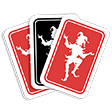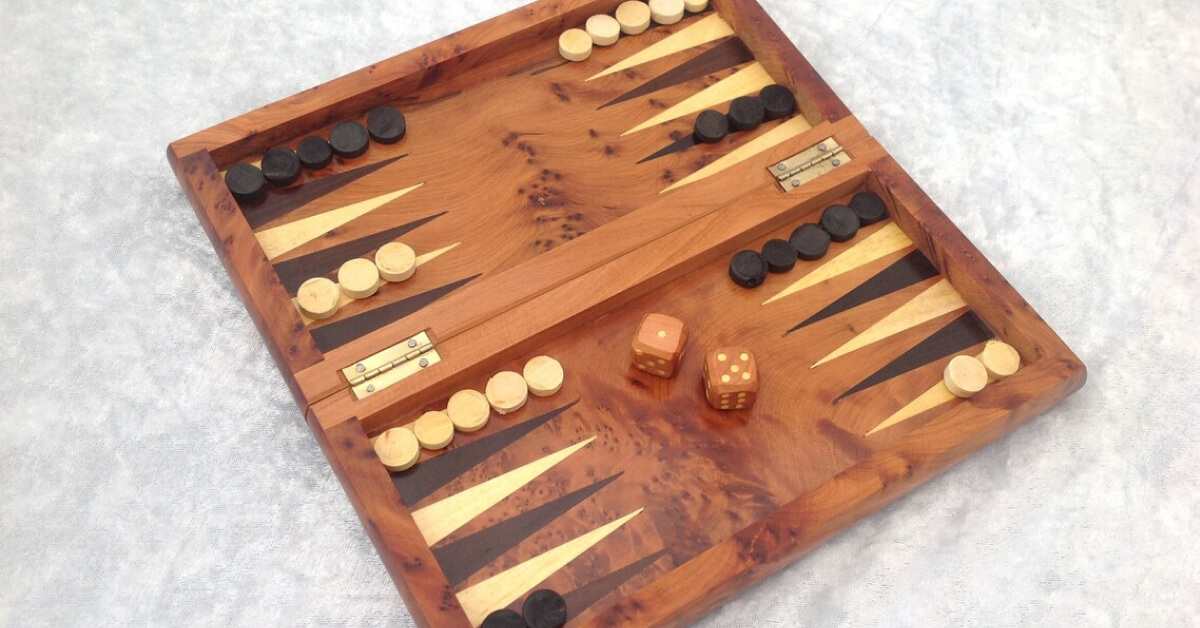Board games have been a source of entertainment and social interaction for centuries, offering a delightful way to spend time with friends and family. One such game that has gained popularity in recent years is Tab, a word-based board game that combines strategy, vocabulary, and fun. In this article, we will provide you with a comprehensive guide to the Tab board game, including instructions, rules, and activity ideas to ensure a memorable gaming experience.
Tab Game Overview
Tab is a challenging and engaging word game that can be played by 2 to 4 players. It’s designed to test your vocabulary, spelling, and strategic thinking skills. The game includes a game board with various letters and spaces for tiles, 96 letter tiles, and a set of rules that govern how players can create words on the board.
Setting Up the Game
Before you can start playing Tab, you need to set up the game board and tiles properly. Here’s how you do it:
- Unfold the game board and place it in the center of the table.
- Shuffle the 96 letter tiles face down, and each player draws 7 tiles to form their initial hand.
- Place the remaining letter tiles in a draw pile next to the game board.
- Choose a player to go first. You can decide this by rolling a die or any other random method.
Tab Game Rules
Now that you’ve set up the game, let’s delve into the rules of Tab:
1. Player Turns:
Players take turns in clockwise order. On your turn, you can perform one of the following actions:
- Place Tiles: Form a word on the game board using your tiles. Words can be placed horizontally or vertically and must connect to the starting letter in the center of the board. The first word played on the board must be at least two letters long.
- Exchange Tiles: If you don’t like the tiles in your hand, you can exchange one or more of them with an equal number from the draw pile. However, this ends your turn.
- Pass: If you can’t or don’t want to form a word or exchange tiles, you can choose to pass your turn.
2. Scoring:
Each letter tile has a point value, and the points are awarded based on the letters used to create a word. The player receives points equal to the sum of the letter values in their word. The point values for each letter are as follows:
- A, E, I, O, U, N, R, T, L, S: 1 point
- D, G: 2 points
- B, C, M, P: 3 points
- F, H, V, W, Y: 4 points
- K: 5 points
- J, X: 8 points
- Q, Z: 10 points
3. Building Words:
When forming words on the board, each new word must connect to at least one existing word. You can’t create isolated words or separate sections of the board.
4. Double and Triple Word Scores:
Some spaces on the game board have multipliers (2x and 3x) that double or triple the value of a letter or word. When a tile is placed on a multiplier space, the point value is multiplied accordingly.
5. Blank Tiles:
Tab includes two blank tiles that can represent any letter you choose. When you use a blank tile in a word, you must announce the letter it represents.
6. Replenishing Your Hand:
After forming a word, exchange the same number of tiles from the draw pile to replenish your hand, ensuring you always have seven tiles.
7. End of the Game:
The game ends when one of the following conditions is met:
- A player uses all their tiles, and there are no more tiles in the draw pile.
- All players consecutively pass their turns, and no more words can be formed.
8. Scoring and Winning:
Calculate each player’s final score by adding up the points for the tiles left in their hand. Deduct these points from their total score. The player with the highest score wins the game.
Also See: Sahkku Games Rules & How To Play
Tab Game Strategies
To excel at Tab, you’ll need to employ some strategies:
1. Plan Ahead:
Think about your future moves and how they might benefit you. Try to use multipliers strategically to maximize your score.
2. Block Your Opponents:
Prevent your opponents from accessing high-value multiplier spaces and create words that limit their options.
3. Use Blank Tiles Wisely:
Save your blank tiles for high-scoring opportunities and think strategically about which letters they represent.
4. Maintain a Balanced Hand:
Aim for a balance of vowels and consonants to increase your word-forming possibilities.
Tab Game Activity Ideas
Tab can be more than just a competitive word game; it can also be a fun and educational activity. Here are some ideas to enhance your Tab gaming experience:
1. Tab Tournament:
Organize a Tab tournament with your friends or family. Keep track of everyone’s scores, and the player with the highest cumulative score at the end of a set number of rounds wins the tournament.
2. Themed Tab:
Choose a theme for your Tab game, such as animals, countries, or famous personalities. Challenge players to create words related to the chosen theme for extra points.
3. Educational Variant:
Use Tab as an educational tool. Encourage players to define the words they play and use them in a sentence to expand vocabulary and language skills.
4. Team Tab:
Play Tab in teams of two or more players. Collaborate with your teammates to create longer and higher-scoring words on the board.
Conclusion
Tab is a versatile and enjoyable word game that offers hours of entertainment for players of all ages. By following the rules and implementing some strategic thinking, you can enhance your Tab gaming experience. Whether you play competitively or use it as an educational tool, Tab is bound to be a crowd-pleaser at your next game night. So, gather your tiles, sharpen your word skills, and let the wordplay begin!




